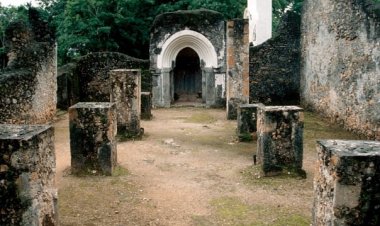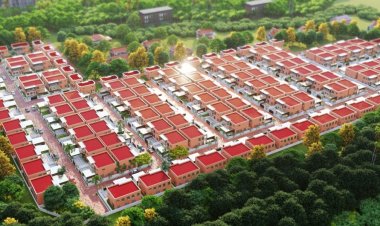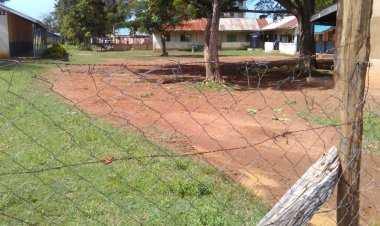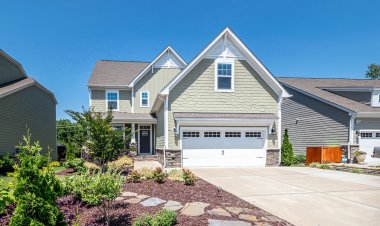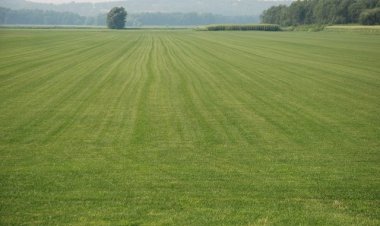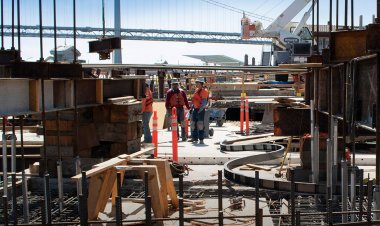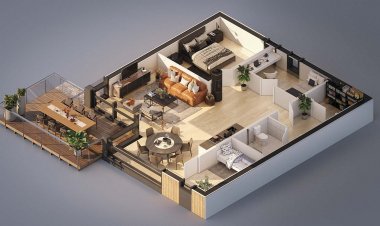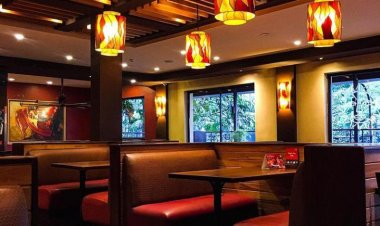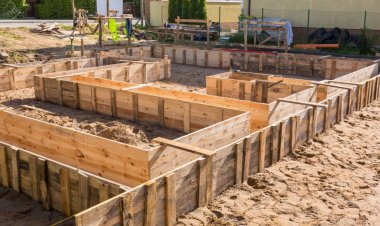Expanded Polystyrene: Modern Material For Construction
Expanded Polystyrene gains traction in Kenya for construction over the conventional way of Brick and motor, with the government taking precedence by building police units in Kajiado county.
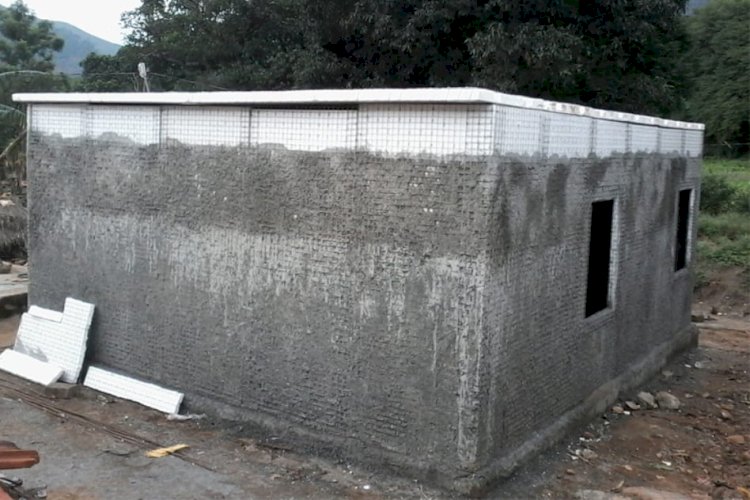
With the increased demand for construction materials, man has improved a lot in the construction techniques of structures. In the past, structures were constructed with heavy materials and followed conventional materials methods which were time consuming, costly and maintenance was more. In this new era due to technological advancement construction techniques are coming with loads of advantages making the use of a lightweight and faster construction materials used.
In light of the above, the latest technology that is being vastly adopted is the use of is Expanded Polystyrene- EPS in construction of walls, slabs, where it's being used for non-construction elements which impart less weight, economical, faster construction, and acts as an insulator.
The materials have gained traction after the conventional way of brick and motor since the Kenyan government took precedence in using the new technology in building police units in Kajiado County.
A system that was first invested in Malaysia found its foot in Kenya a couple of years ago has made several inroads in most of the places in Kenya. According to the head of the factory at Koto housing Mr. Humphrey Ogutu, the idea was borrowed from Malaysia as an easier way of building compared to the conventional way of building.
''Malaysia is the key company, they came up with the formulation, concept, products and all the necessary materials required, and Kenya came in as a franchise. The whole concept was to get modular housing that you can build fast and in large volumes. So far Kenyans have begun to accept the materials as a new way of construction but the progress is low. ''
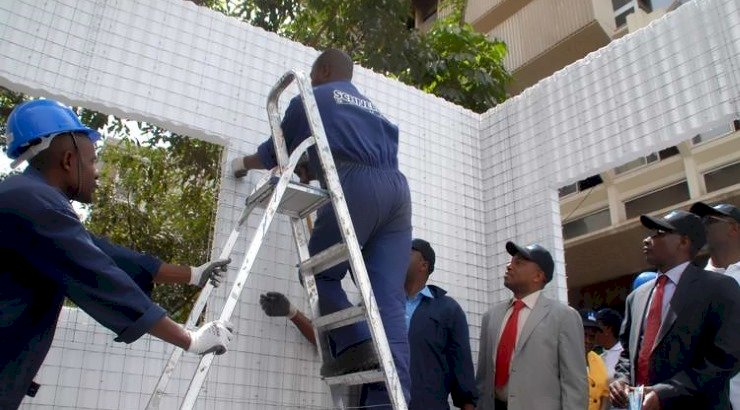
NHC workers construct a sample EPS panels house in Nairobi. Photo/Courtesy
This new technology comes with a bunch of advantages as Mr. Ogutu says it suits well all regions even those vastly affected by floods, he however dismisses the misconception around the EPS material as being the house.
'' If you look at the Expanded Polystyrene material as being the building itself, then there's a misconception, EPS is just a framework to hold the concrete, where the strength is derived from the concrete that has been tested over time. We are not changing anything, the only thing we are changing is the presentation and casting of the concrete ''. Mr. Ugutu adds that the material is being used to make a permanent framework that can stand terrains, bad weather, and wet regions.
'' In fact, this is better than stone because a stone has a tendency to suck water from the ground and EPS does not. The only thing that might be sucking water is the plaster which is attached to the EPS but by using the raft then there's reduced damage. '' '' However, special consideration should be made especially if the house will be built at a swampy place ' '. Mr. Ugutu emphasized. Though the material is made from crude oil, Mr. Ugutu says it's not flammable.
Research has shown that the material is a good thermal performance, boards are lightweight, non-toxic and inert, it is a moisture-resistant due to the boards closed cell structure, has Huge flexibility for standard roofs or problematic roofs, the boards can be cut to any shape, thickness or tapered fall and that Factory pre-mitered hips and valleys help aid water drainage to outlets. Additionally, the material easily accepts waterproofing systems.
Expanded Polystyrene (EPS) is a white foam plastic material produced from solid beads of polystyrene. It is primarily used for packaging, insulation, etc. It is a closed-cell, rigid foam material produced from Styrene - which forms the cellular structure.








